Microsoft Surface Pro 11th Edition review: a Surface slam dunk
The 11th Edition Surface Pro wins not only because of Microsoft's built quality, but Qualcomm's processor finesse

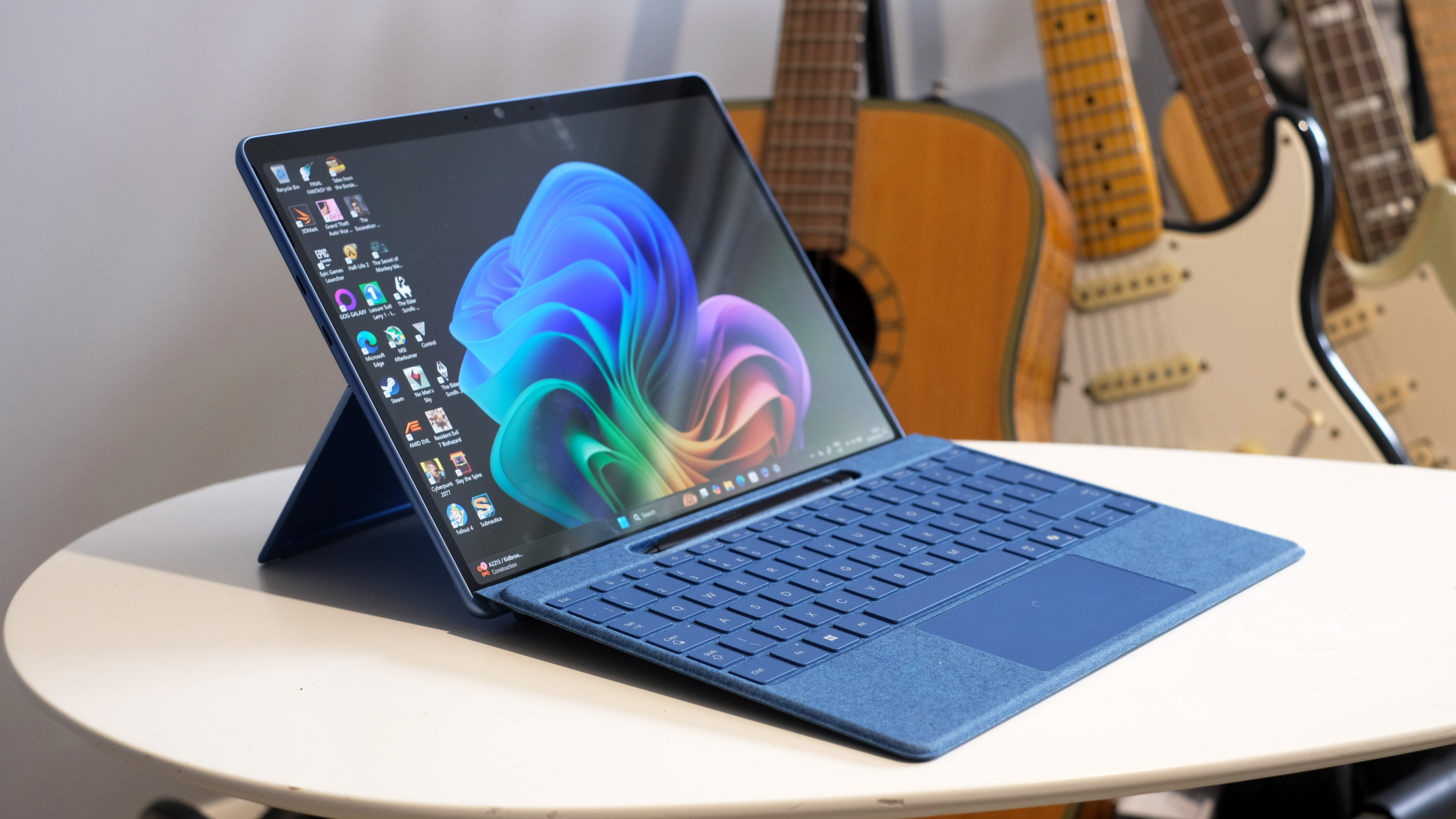
It may look like the old Surface Pro, but a brighter OLED screen, longer battery life and redesigned keyboard make the 11th Edition the biggest glow-up this family has had for some time. Accessories and upgrades still cost a packet, though, so only shop for what you need. But it's worth it overall: the 2024 Microsoft Surface Pro is a tour de force in the Windows laptop space.
-
+
Impressive performance, especially on battery
-
+
Much improved battery life for light jobs
-
+
Super-bright OLED screen
-
-
Some compatibility issues with apps and accessories
-
-
Upgrades and accessories are pricey
-
-
New AI features are a mixed bag
Why you can trust T3

Want to feel old? The Microsoft Surface Pro family has been around for more than a decade. Some of that time was spent treading tech water. But the Microsoft Surface Pro 11th Edition marks the biggest change in years. And, to be honest, Microsoft doesn’t deserve all that much credit for it. Not for the hardware anyway.
This is the first Surface Pro with a Qualcomm Snapdragon processor "made for AI" — one not all that different from the kind you might find in a high-end phone. That may sound like bad news, but it’s actually not. The Microsoft Surface Pro 11th Edition is a powerful, ultra-long-lasting laptop that’s better than ever for gaming and everyday productivity — and one of the best laptops 2024 has to offer.
Microsoft Surface Pro 11th Edition: Price & Availability
The starting cost is pretty high, at £1,049 in the UK, but this nets you a respectable spec, with 16GB RAM and a 256GB SSD.
Make sure to account for a Surface Keyboard too, though. One isn’t included and I think is an essential part of the Surface Pro puzzle. But it's a further £139, taking the package to £1188.
Microsoft does charge a bundle for internal upgrades, too, with the combination I’m reviewing costing an eye-watering £1988. Yikes! That's into MacBook Pro territory.
Microsoft Surface Pro 11 review: Display
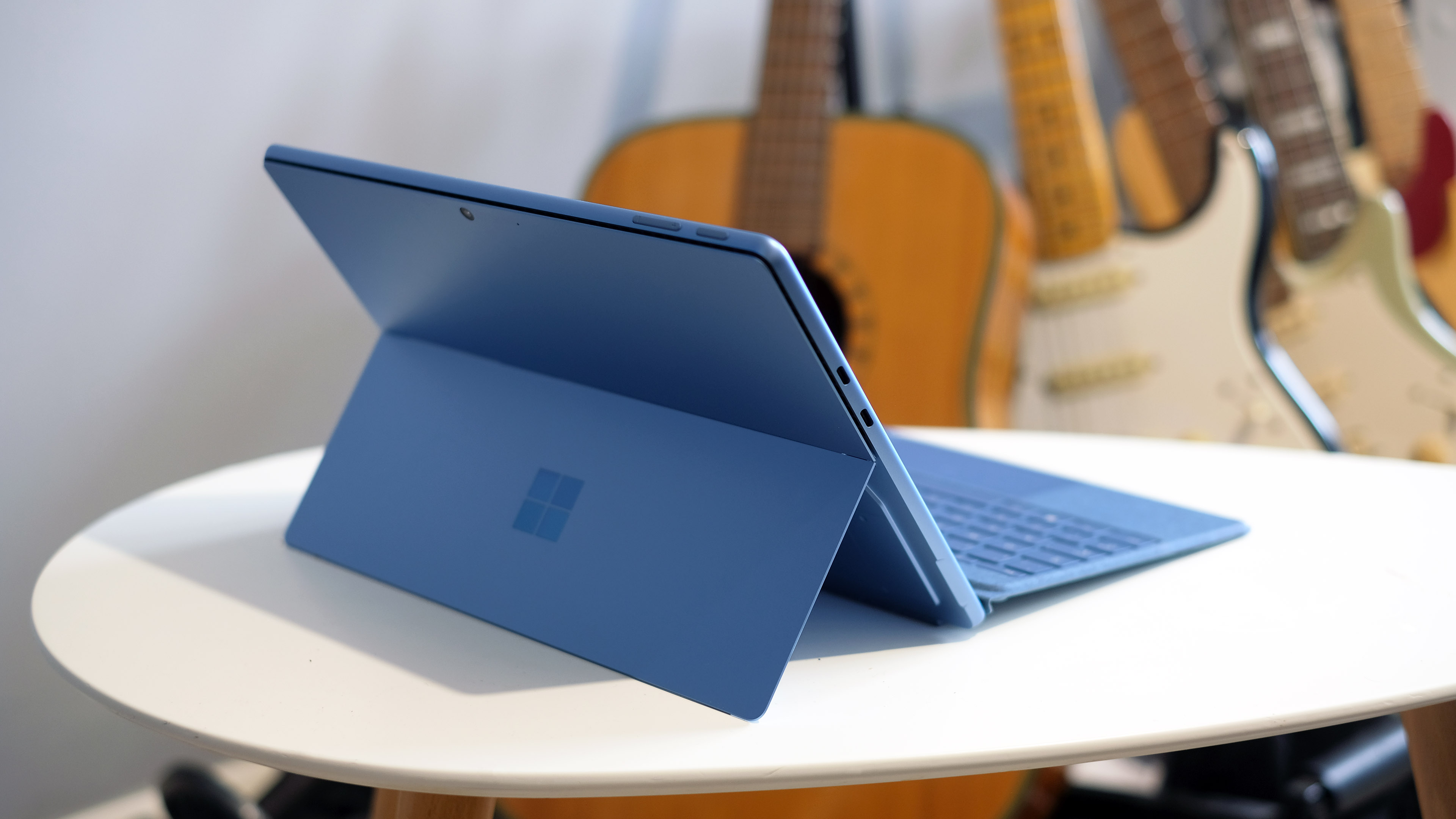
The fundamentals of the Surface Pro haven’t really changed all that much since the early days. This is a hybrid PC with a totally removable keyboard. Kind of like a super-tablet, if you will. It features an integrated kickstand on the back, so the screen part can stand up on its own without the keyboard if you want.
I still don’t get why you’d buy a Microsoft Surface Pro 11th Edition without a keyboard, though. If you want a tablet to mess around with, buy one of the best Apple iPads. The Surface Pro’s job is to be the most legit hybrid around. But Windows 11 still doesn’t sing when used in pure tablet mode, so get that keyboard locked in. The two combined are still no thicker or heavier than a good 13-inch ultraportable.
Get all the latest news, reviews, deals and buying guides on gorgeous tech, home and active products from the T3 experts
As usual, the Microsoft Surface Pro 11th Edition’s casing is all-metal. It looks and feels fantastic, and is if anything more metallic-feeling than earlier generations. A Microsoft rep told me there’s greater use of recycled aluminium in the alloy these days, to up the sustainability angle. And aluminium brings the metal feel magnesium leaves at the door.
I've always largely bought into the Surface Pro concept, even if I think it’s a bit small for the sheer amount of time I use a laptop. As an 8-hour-a-day work PC I'd rather use the Surface Laptop 6 instead. But not every laptop needs to be made for me. I can see why this will be the best lightweight laptop option for many other users.
Microsoft Surface Pro 11 review: Display
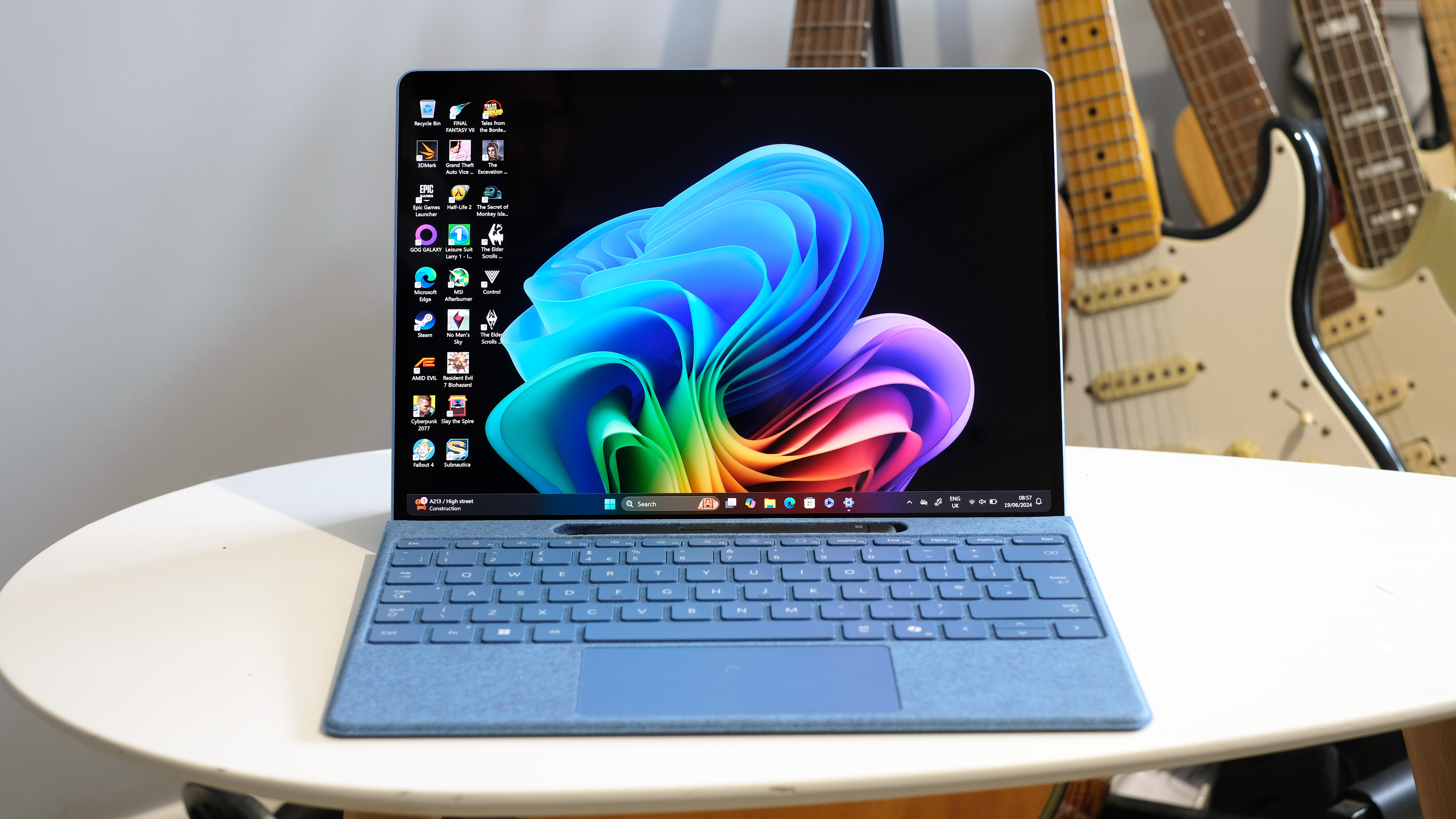
One reason for that jump in cost is the Surface Pro's new OLED screen, available in the higher-price versions of this 11th Edition laptop. Does this make it worth the asking price though? As already said, you pay a small fortune for what you get, but this display is lovely.
It's a 2880 x 1920 pixel panel with super-rich colour, excellent brightness and a 13-inch diameter. This laptop feels smaller than a classic 13-inch laptop because the 3:2 aspect ratio is so tall. But it does give apps a decent amount of space to luxuriate.
This one is way ahead of the laptop pack for brightness too. It can reach 600 nits in normal use, which is around a 50% bump over the average slim and light laptop. And if you watch an HDR video you see the real maximum brightness of 850 nits.
We’re not quite at the brightness of the best phone, but we’re getting there. And whether you get the LCD or the OLED version, the Microsoft Surface Pro 11th Edition also supports a pressure-sensing stylus.
Microsoft Surface Pro 11 review: Keyboard & touchpad

Microsoft sent me its new Flex Keyboard to try out. It’s lovely, but the price is intimidating: £440 when bundled with a stylus.
The substantive changes it makes are almost all for the good, though. Microsoft says the Flex Keyboard is further stiffened with additional layers of carbon fibre, and it now works wirelessly and has a haptic touchpad rather than a classic mechanical design.
I was not the biggest fan of Microsoft’s first experiments with haptic touchpads in the Surface line. Its classic clickers were some of the best ever made, and early haptic ones were a downgrade. But, fair play Microsoft, the Surface Pro 11’s haptic pad is excellent. The click isn’t weak and shallow-feeling (which is a common issue with these haptic pads), the surface area is larger than the old design, and it is ultra-smooth textured glass.
We’re in a time of even more pretty expensive laptops using so-so plastic touchpads these days. To get such a fab glass one on a millimetres-thick accessory? This is impressive stuff.
The Microsoft Surface Pro 11 keyboard is just as lavish but, much like the screen, it wouldn’t necessarily be my first pick for my day job. It’s not cramped as such. The keys have great, if shallow, feedback. The backlight looks good. The spacing is just fine. But the cut-down side keys do take some getting used to, and the design just isn’t the same as that of a laptop.
Used like a laptop, the Microsoft Surface Pro 11 relies on its kickstand, making use on your knees feels all kinds of wrong. Microsoft gets close to a 'best of both worlds' experience here, but there are always compromises. It's going to depend on your preference, really, and for those working on train commutes this flexibility might actually be more ideal than not.
Microsoft Surface Pro 11 review: Performance & software
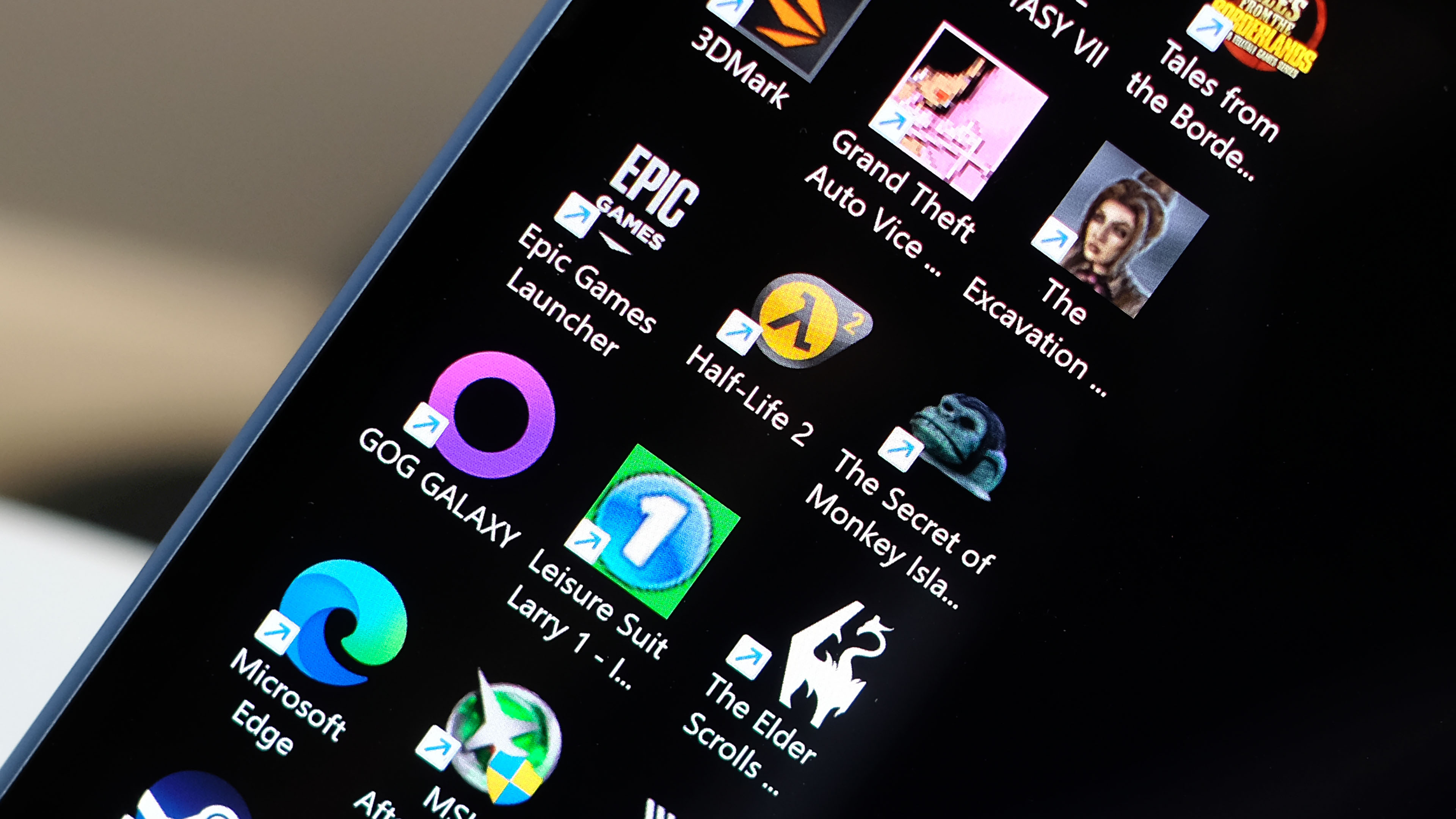
This is among the very first devices to use one of Qualcomm’s Snapdragon Elite chipsets. And it’s also one of the first CoPilot Plus laptops, Microsoft’s certification that unlocks a handful of AI features in Windows 11.
Right now these include an AI image generation element in Paint, live transcription of audio between languages, webcam effects for video meetings, and Recall (which records your activity so you can ask Windows 11’s AI bot what the hell you were doing on the second Tuesday of last month). That last one might be the most useful, but a series of valid privacy and security issues have seen it delayed.
In use, these CoPilot Plus features are absolutely not worth upgrading for. You can find very similar online alternatives to Paint’s CoCreator online, and it doesn’t work without an internet connection — offline AI was meant to be a key draw of this CoPilot Plus family. And live translation has been in the works at Google for a while.
There’s plenty here to like here besides, though. The Microsoft Surface Pro 11’s Snapdragon Elite has processor power similar to an Intel Ultra CPU and graphics power similar to a 13th Gen Intel Core i7, while using less power.
Remember when Apple started using its own processors in 2020 and caused a big fuss? This is Windows’s equivalent and, sure enough, the Snapdragon Elite’s power is in the same ballpark as Apple’s M-series chipsets.
Compatibility is the big question mark here, as the Microsoft Surface Pro 11 uses a "compatibility layer" to let software not made for these processors work. It’s impressive, but not perfect (just as we said of Apple at the time of its silicon transition). And that’s why Microsoft also makes the Surface Pro 10 for business, with Intel Ultra processors rather than these new-fangled Snapdragon ones.
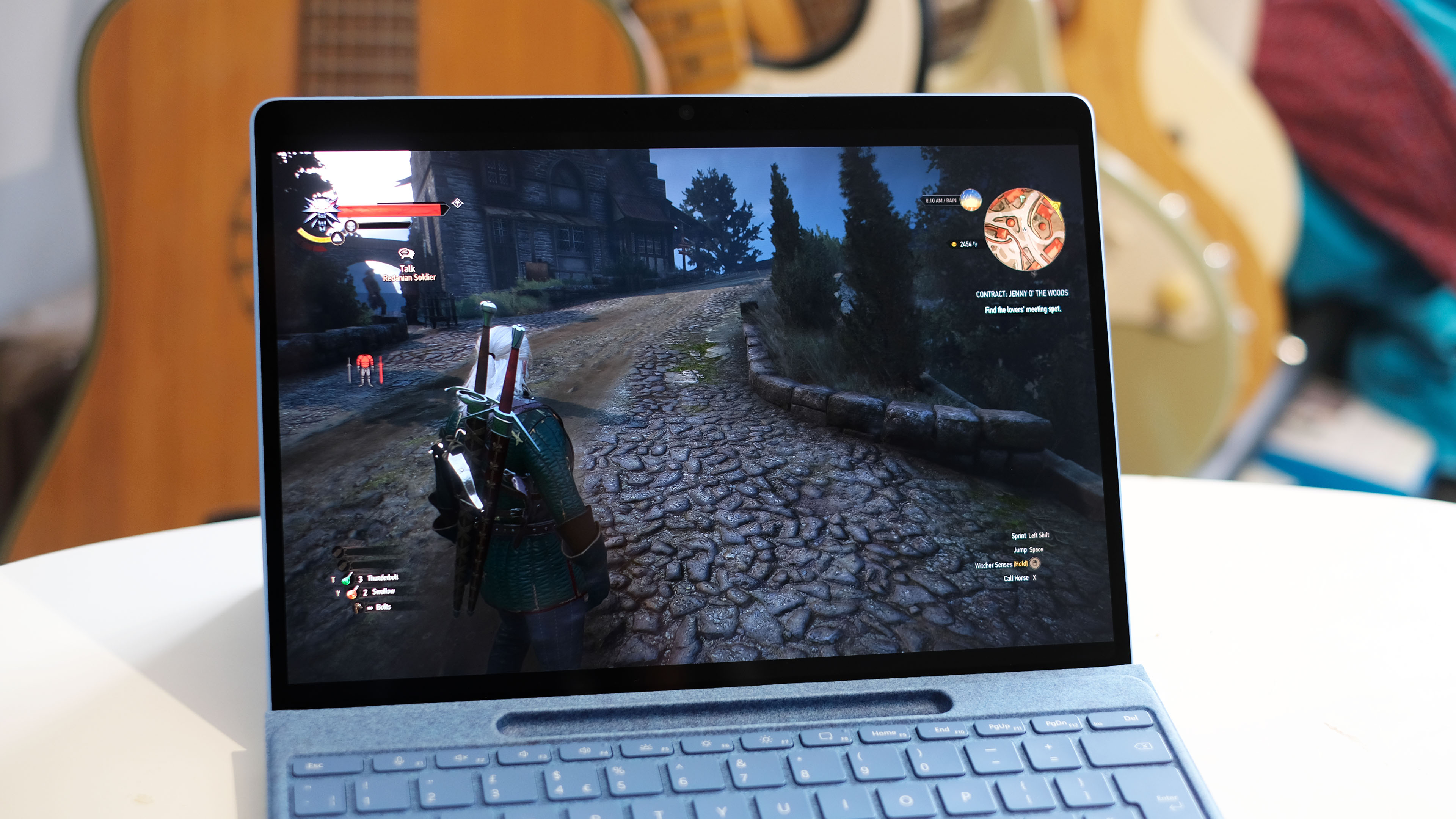
I tried more than 25 games on the Surface Pro 11, released from the 90s to recent years, and almost all of them worked just fine. You can play The Witcher 3, Grand Theft Auto 5 or Bioshock Infinite, no problem.
Cyberpunk 2077 is a bit too demanding for the laptop. It can run with significantly cut-down settings, but doesn’t look as good as it could, and it kept on crashing during my testing.
A few other games didn’t run, but it’s tricky to tell whether that’s a Snapdragon issue or something more basic. I couldn’t get Ultimate Underworld to play but, hey, that is 40 years old.
Some other niggles may prove to be more significant. My colorimeter, a screen-testing tool, wasn't recognised. And Adobe at one point apparently blocked the use of its apps ahead of the release of versions made specifically for his hardware.
Most normal Windows apps run fine, and feel fast, but there’s real early adopter risk that your favourite app or game may not work close to release. And some may never work. So bear that in mind.
Unlike the MacBook Air, the Microsoft Surface Pro 11 does use a fan, which starts up when the PC is under significant pressure. However, it never generates much noise. And while the rear of the casing also gets fairly warm, you'll only notice if you’re actually using the thing like a tablet.
Microsoft Surface Pro 11 review: Battery life
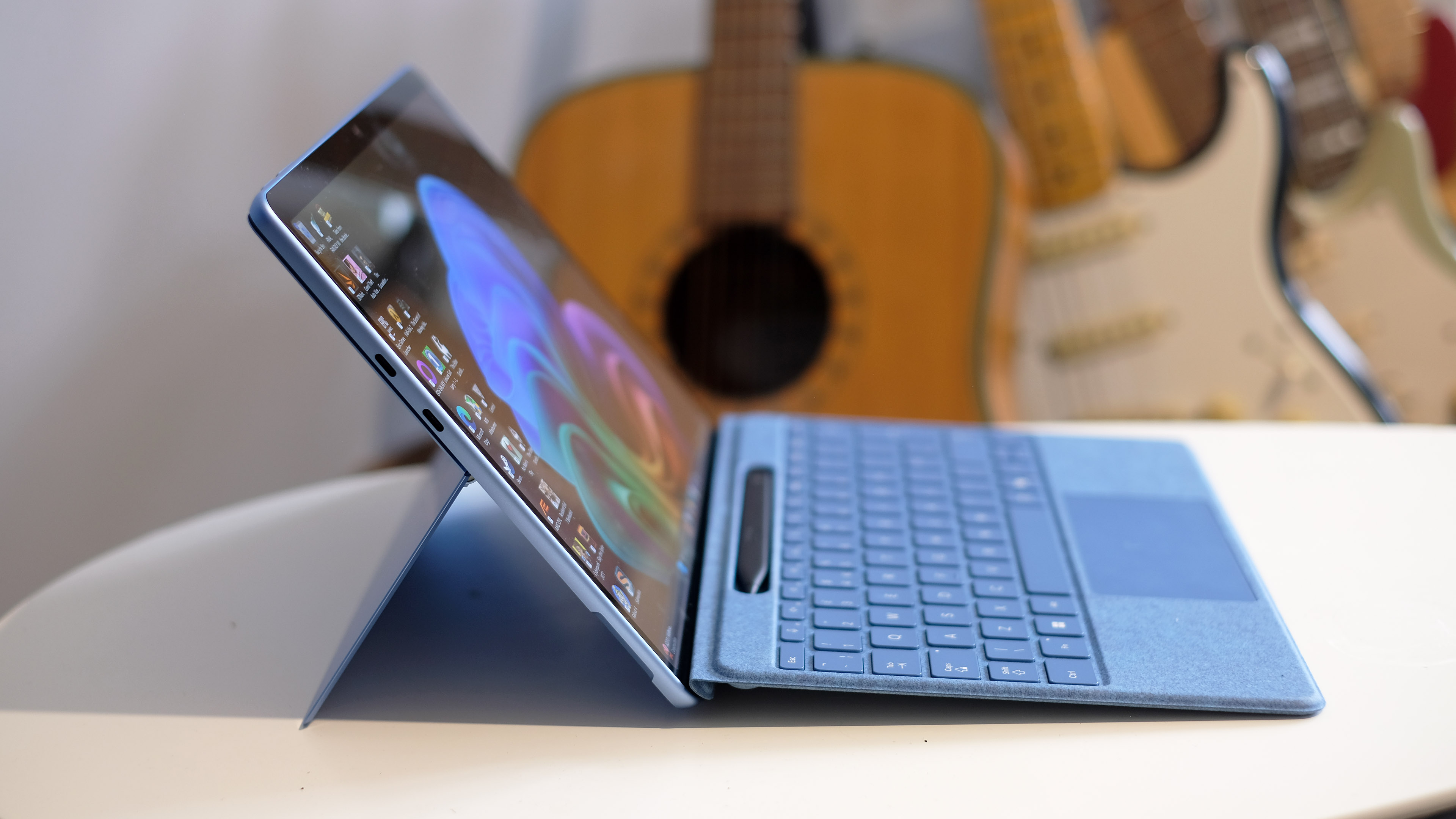
Long stamina is one of the big sells of these Snapdragon laptops. The Surface Pro 11 has never really had killer longevity... not until now anyway.
Despite having the smallest battery of all the first wave of CoPilot Plus laptops, this hybrid can still last up to 14.5 hours of YouTube streaming according to my usage. Microsoft claims 14 hours of local video playback. Finally, a manufacturer claim that's on the money.
When playing The Witcher 3, the Surface Pro 11 will last around two hours. It’s not as impressive, sure, but is still better than you’d get from an Intel processor gaming PC. And there’s no significant loss of performance when running off the battery either, which is great.
AMD CPU laptops are famous for their battery stamina, but they only achieve that through major performance limiting when on battery power. This Snapdragon alternative doesn't need to do that.
More good news: the Microsoft Surface Pro 11 doesn’t seem to suffer from any heat-related performance throttling when gaming either. Sure, if it’s 40C in your home, maybe it will. But that fan clearly has a legit job to do.
There are no major stings in the tail to finish off either. The Microsoft Surface Pro 11 has meaty-sounding and loud speakers, well above the general standard among laptops. And the 5MP (1440p) webcam is great too. One of the CoPilot Plus features baked in will also crop into the view, following you around during meetings.
Microsoft Surface Pro 11 review: Verdict
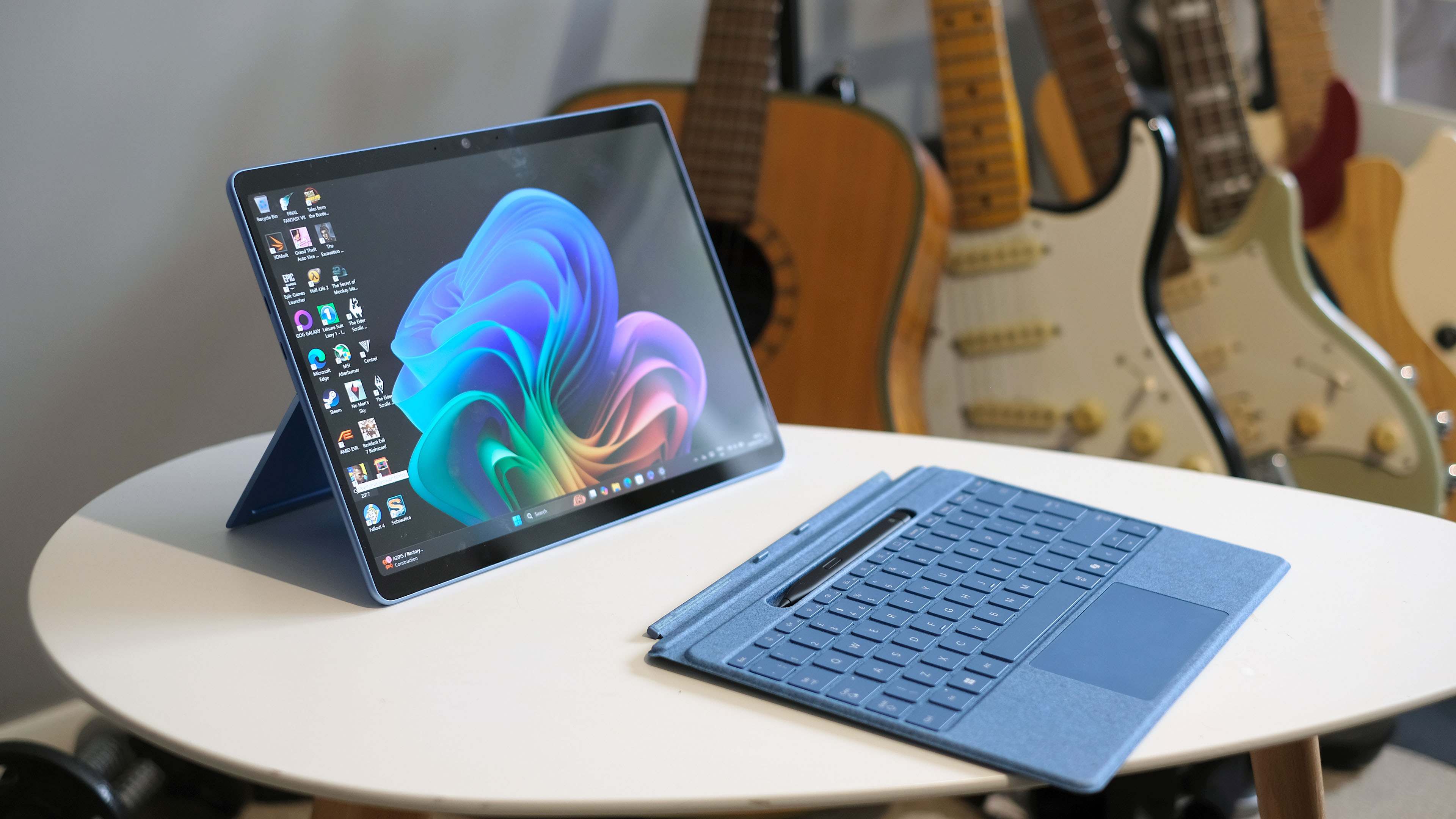
The Microsoft Surface Pro 11th Edition might just be the best showcase for this new breed of Snapdragon Elite laptops. It’s extremely portable. The new hardware solves one of the long-running complaints about this family — mediocre battery life — and there are real technical improvements in display tech and keyboard quality.
If you’re worried about certain software packages working, you should absolutely look into that before buying. Microsoft does make a “for business” (read: Intel processor) version just for that crowd, after all. But for the rest of us this model gives the Surface a fresh injection of life. It's an incredibly versatile PC that we can't help but love.
Also consider
Microsoft announced the Surface Pro 10 just a few months before the Surface Pro 11. They’re not a full generation apart in one sense, but feel miles apart in another. The Pro 10 is described as a "for business" PC, and it uses Intel Ultra processors to ensure peak compatibility with apps. It’s nowhere near as interesting as the 11th Edition, though, and won’t last as long off a charge.
If you like the concept of these new CoPilot Plus PCs but need an all-day work PC, you might want to consider a more conventional design. The Acer Swift AI, Microsoft Surface Laptop 6 and Samsung Galaxy Book Edge all use similar insides, but have larger displays and the classic laptop style that may fit better for daily digital drudgery.

Andrew is a freelance tech and entertainment journalist. He writes for T3, Wired, Forbes, The Guardian, The Standard, TrustedReviews and Shortlist, among others.
Laptop and computing content is his specialism at T3, but he also regularly covers fitness tech, audio and mobile devices.
He began writing about tech full time in 2008, back when the Nintendo Wii was riding high and smartphones were still new.